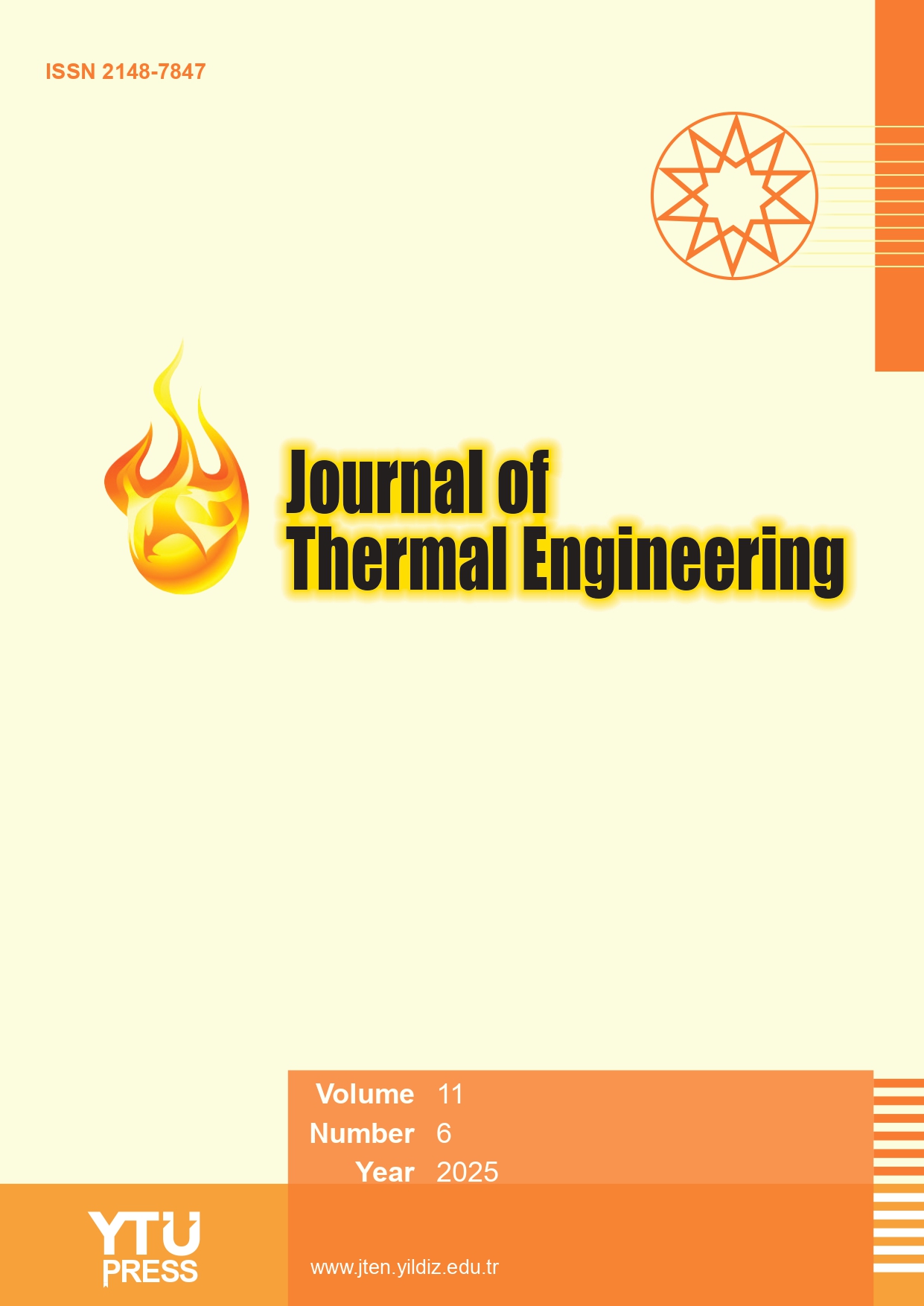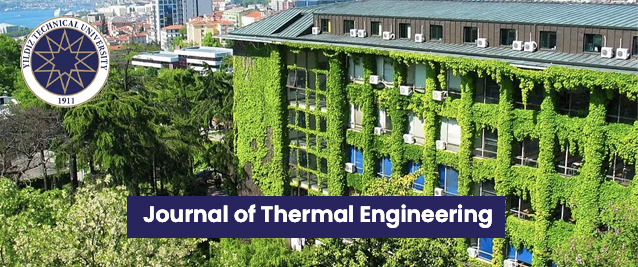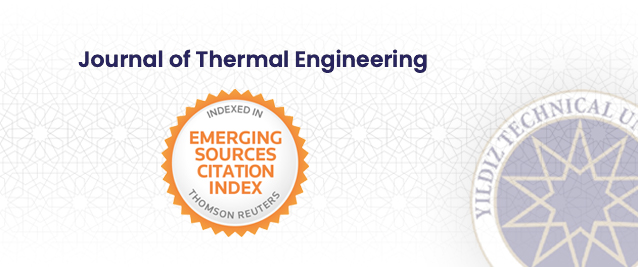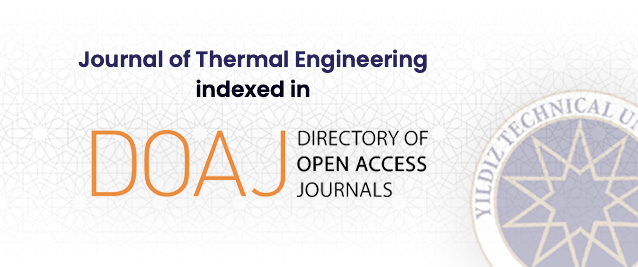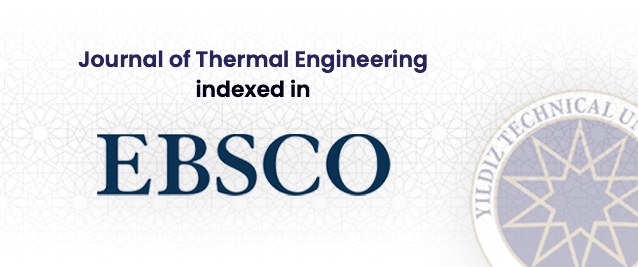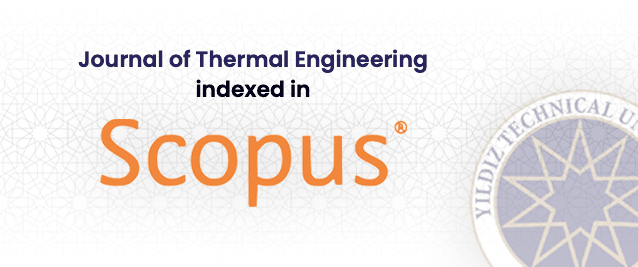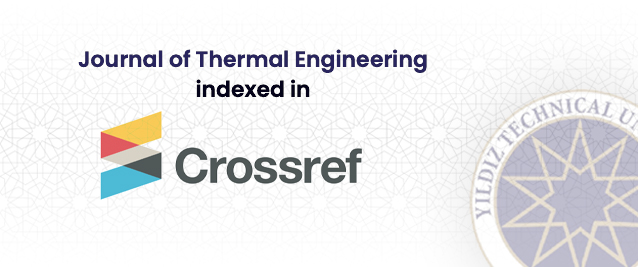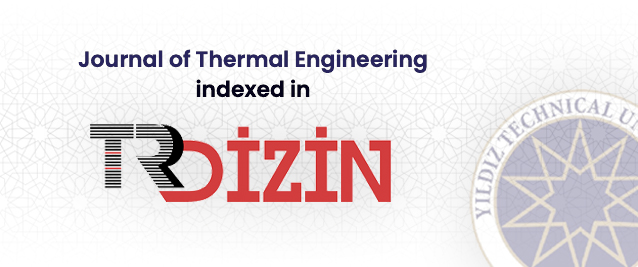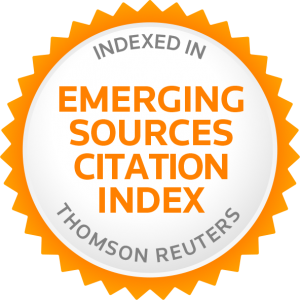2Technical Institute/Al-Rumaitha, Al-Furat Al-Awsat Technical University, 31001, Iraq
Abstract
Photovoltaic (PV) systems are characterized by their efficiency and performance decreasing as the operating temperature increases. The maximum available tested efficiency of the PV module decreases by up to 0.8% with each 10-degree temperature increase. To perform better PV, it is necessary to extract the heat, and thus decrease its temperature. In the context of this particular research investigation, a series of empirical investigations were conducted at Al-Rumaitha Technical Institute situated in Iraq (31°42' - 45°12'). These experimental endeavors were undertaken to analyze the performance and characteristics of photovoltaic thermal (P`VT) collectors. It is noteworthy to mention that one of these solar panels was effectively incorporated into a photovoltaic/thermal (PV/T) module, while the other panel was employed independently without any cooling mechanism. It is essential to underscore that the induction and maintenance of airflow were achieved through the utilization of an air intake fan. It is important to highlight that these experimental investigations were undertaken over a diverse array of days throughout the year, thereby ensuring the thorough coverage of various atmospheric conditions and scenarios. The results show the maximum electrical efficiency achieved was found to be a commendable 19%, representing an impressive improvement of 5.1% when compared to the PV panel without porous. Moreover, it is important to highlight that the maximum output power attained was an astounding 330.7W. Also, the thermal characteristics of the system showed that the maximum amount of heat gain reached a notable 707.1 W. It is also worth noting that the thermal efficiency of the system was calculated to be 29.57%. Lastly, it is pertinent to mention that the overall efficiency of the system, encompassing both electrical and thermal aspects, amounted to an impressive 46.8%.


